For such a short visit, I was able to see a good deal of the countryside of Morbihan. Didier drove me to a number of wonderful places, and I also covered a considerable amount on my own, on foot, and did some hitch-hiking as well.
But rather than attempt to reconstruct where I visited chronologically, or trip by trip, I think I’ll just present a gallery of images, with a few comments.
An astonishing number of structures built before 1800 survive in Brittany, and there’s a very large number of medieval buildings among them. Not just spectacular things like castles and chateaus, but ordinary, small scale things like parish churches, chapels, mills, farm buildings and houses. The landscape is full of them. The chapels are particularly well-preserved, and Brittany is famous for them. Most have remained in continuous use, and they have suffered little from either neglect or overzealous restoration. Many of the great cathedrals of France have been annoyingly modified —- it’s said of the architect-bureaucrats Eugène Viollet-le-Duc and his successor Paul Abadie, that they did more damage than a barbarian invasion, as they tore down any deviation from their text-book notion of medieval architecture. But nobody thought these simple structures in remote Brittany were important, so they left them alone, and the fervour of anti-clericism during the Revolution did not reach there. I am not at all religious, but I love small churches, mosques, synagogues and temples, especially in village or country settings. They usually embody the desire of local people to have something fine and inspiring for themselves. Great cathedrals represent power, money and authority. But little chapels and parish churches are built from genuine faith, and it shows in the quality of their architecture, construction and decor. What could be more aesthetically pleasing than, say, a perfect white-painted New England village church, the simple log churches erected in the Canadian north, the tiny little fantasy-like churches in Ruthenia and Silesia, or the little Buddhist monasteries overlooking precipices in Bhutan? Each embodies more human than theocratic values, and usually sits comfortably with the nature around it. This tastefulness is obviously a powerful, long-term influence, because even the powerhouses built by electric companies along the Blavet in the 1920’s have a charm that makes them pleasing to the eye, and modern, newly-built houses tend to fit in well with the old.
Didier took me to see one preserved and reconstructed historical village. It was not “open for business”, but the grounds were not restricted. But for the most part, the buildings we saw together, and the ones I found on foot by myself, remain part of daily life. They are working chapels and churches, or farm and village houses that are still lived in. Along the roadsides, there are numerous calvaires, little shrines erected by local families. The most intense concentration of old buildings that I saw was at Bieuzy (Bieuzhi-an-Dour in Breton). I kept expecting a musketeer to step out from one of the doors.
Here is a gallery of buildings I saw. There were many others for which I could not find pictures. I inadvertently left my camera behind while hastily packing in Toronto.
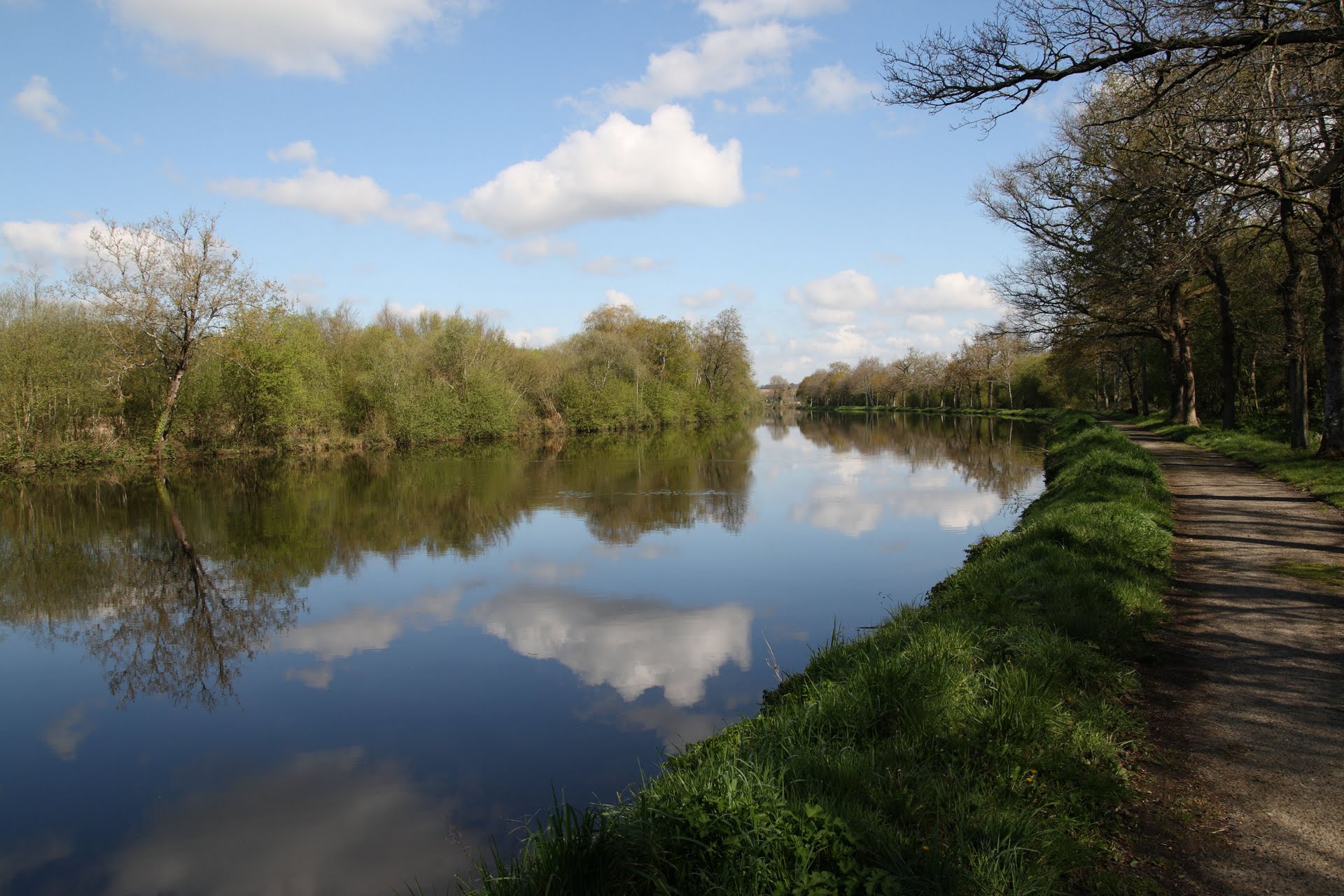
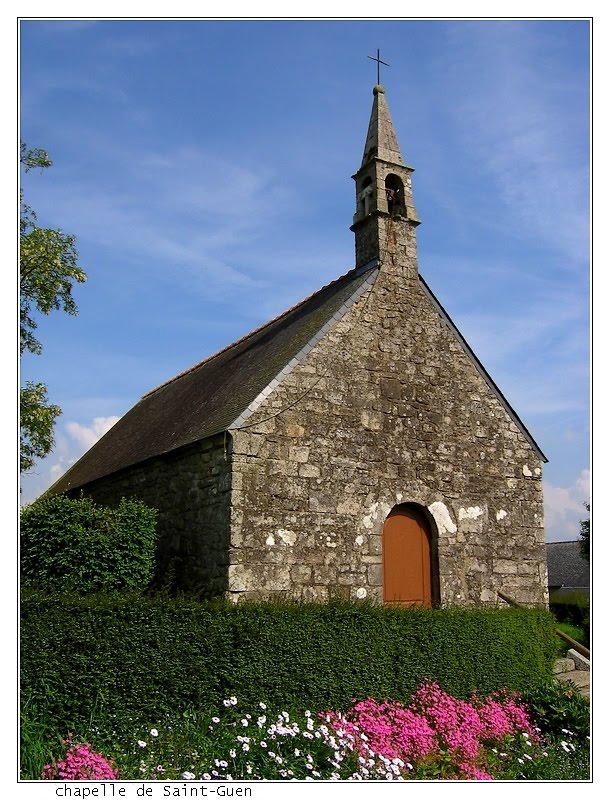
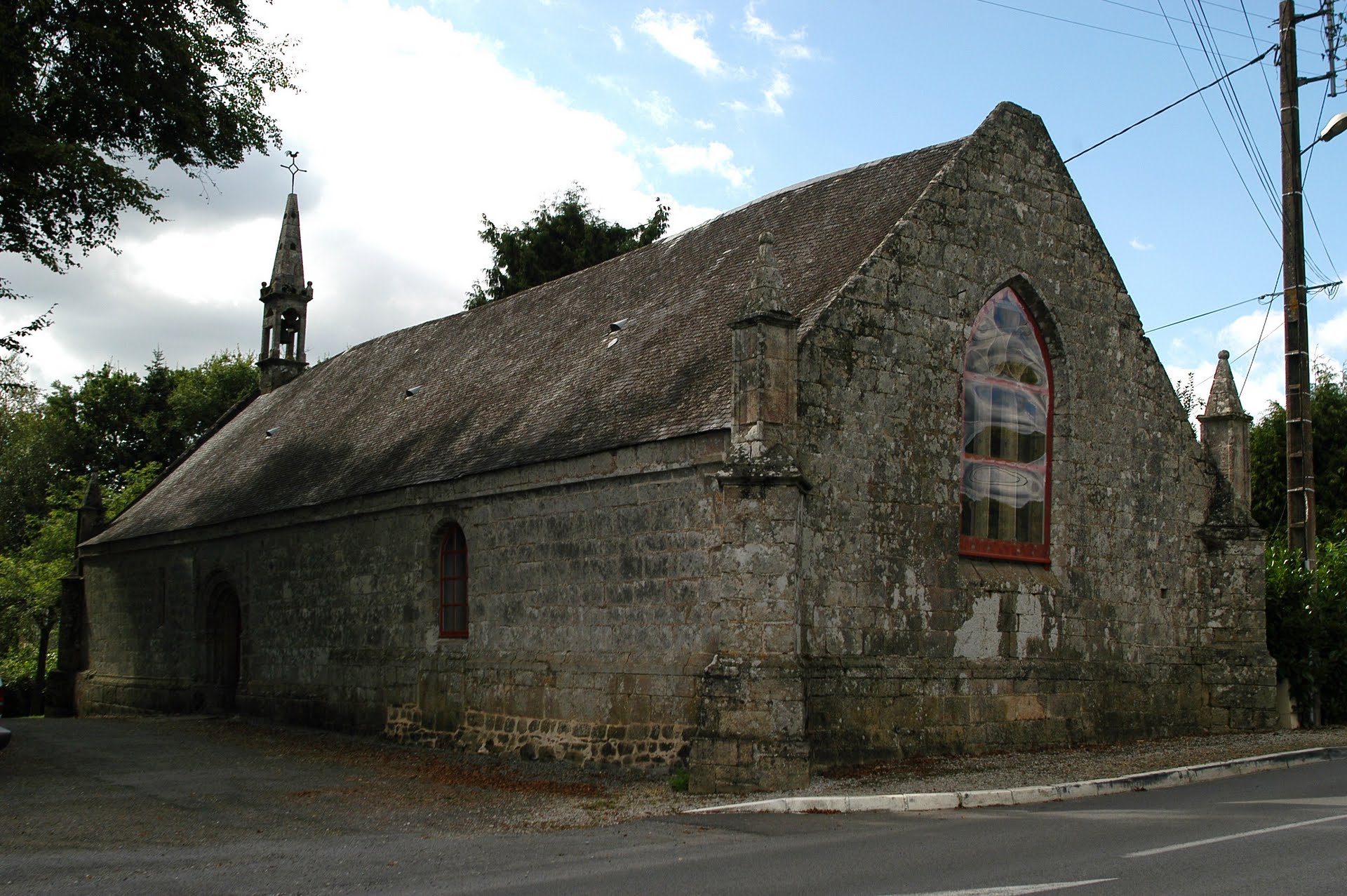
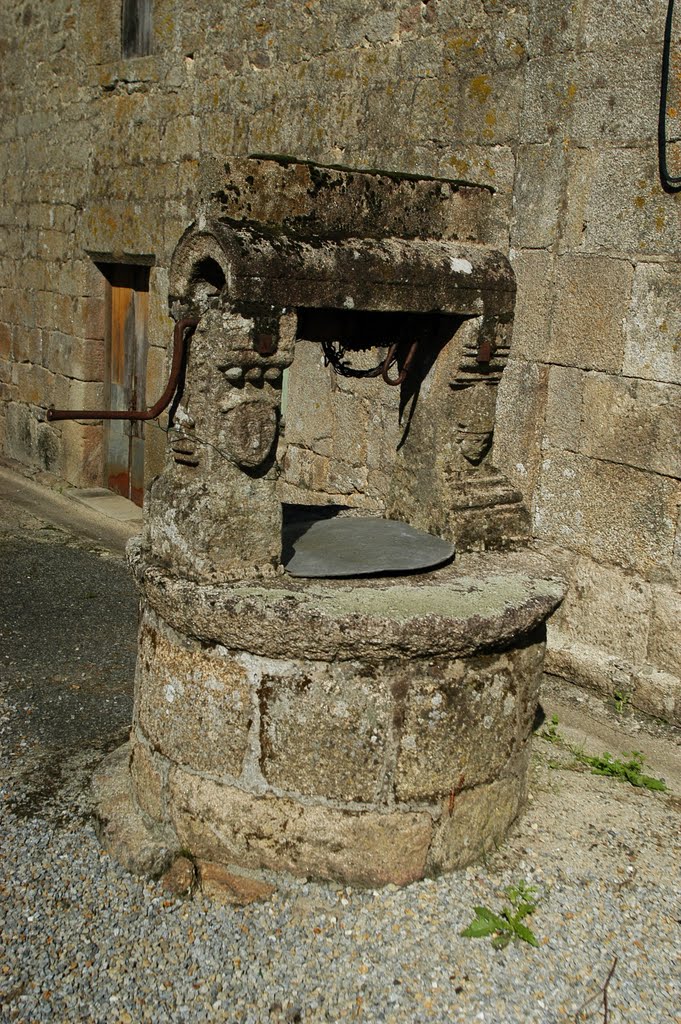
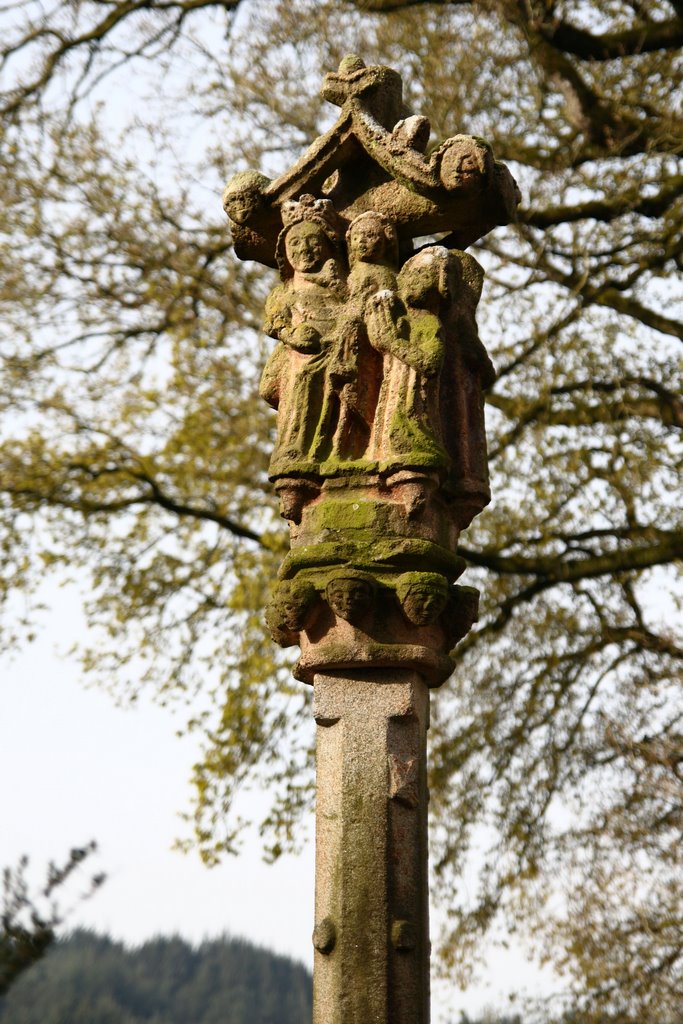
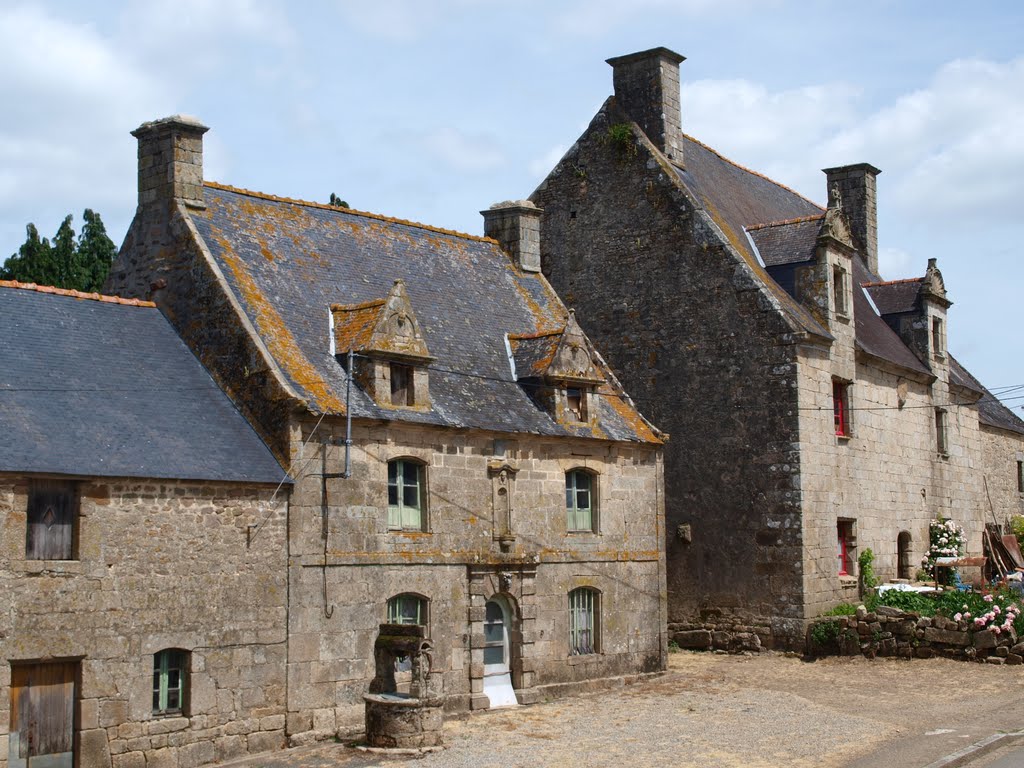
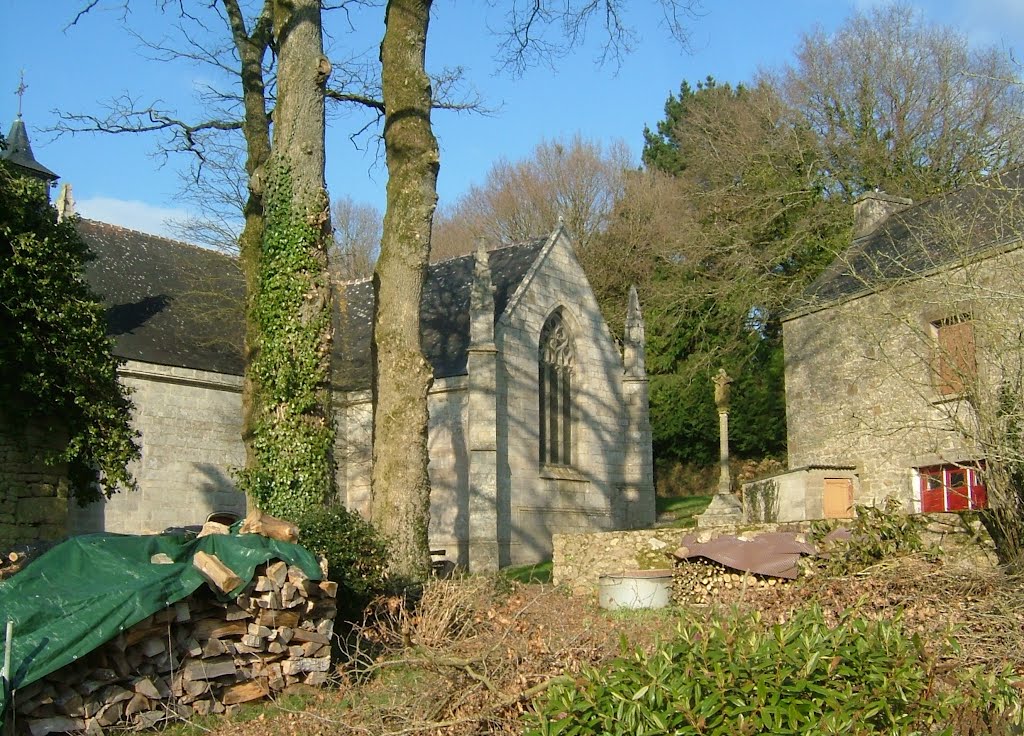
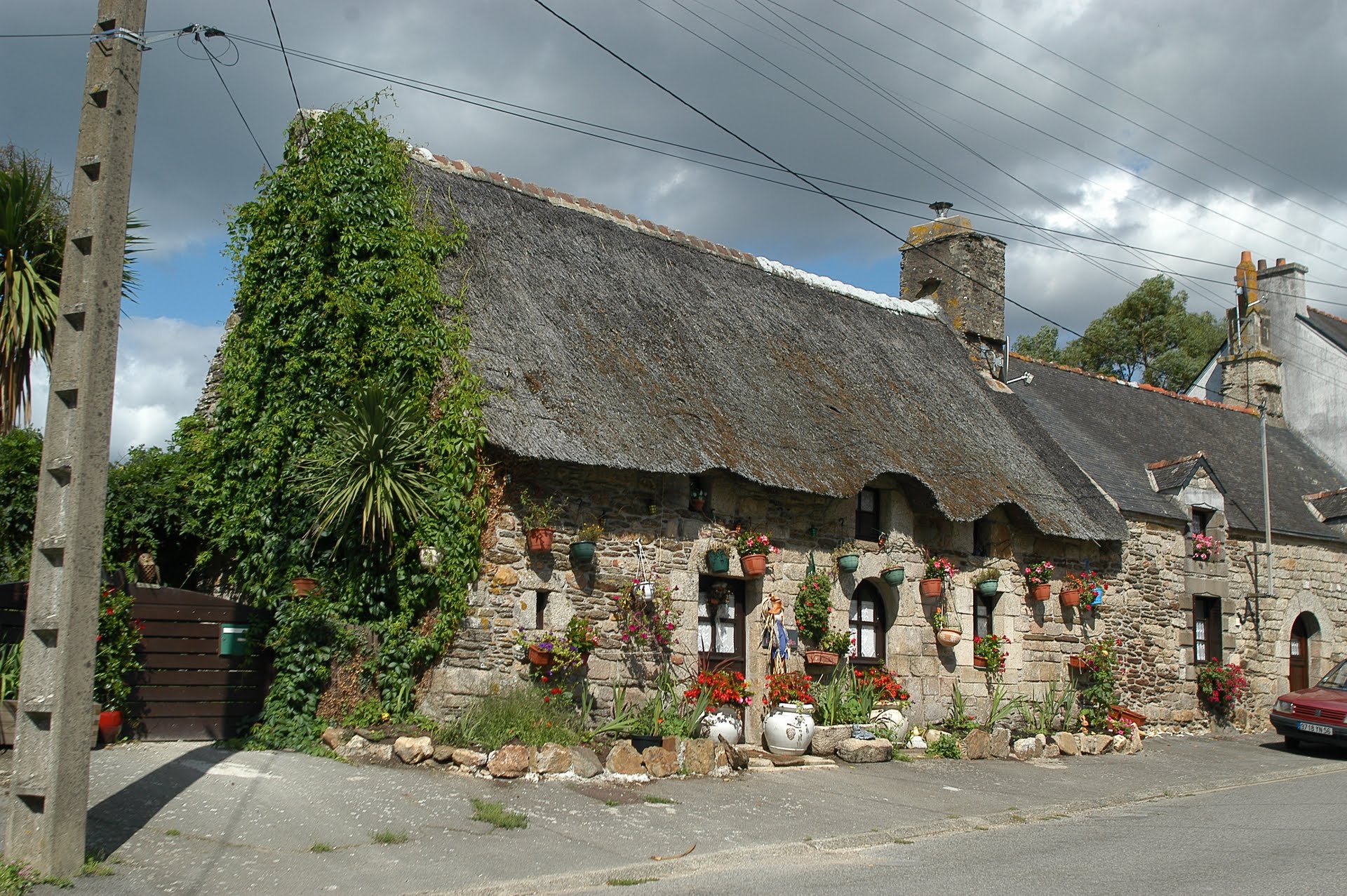
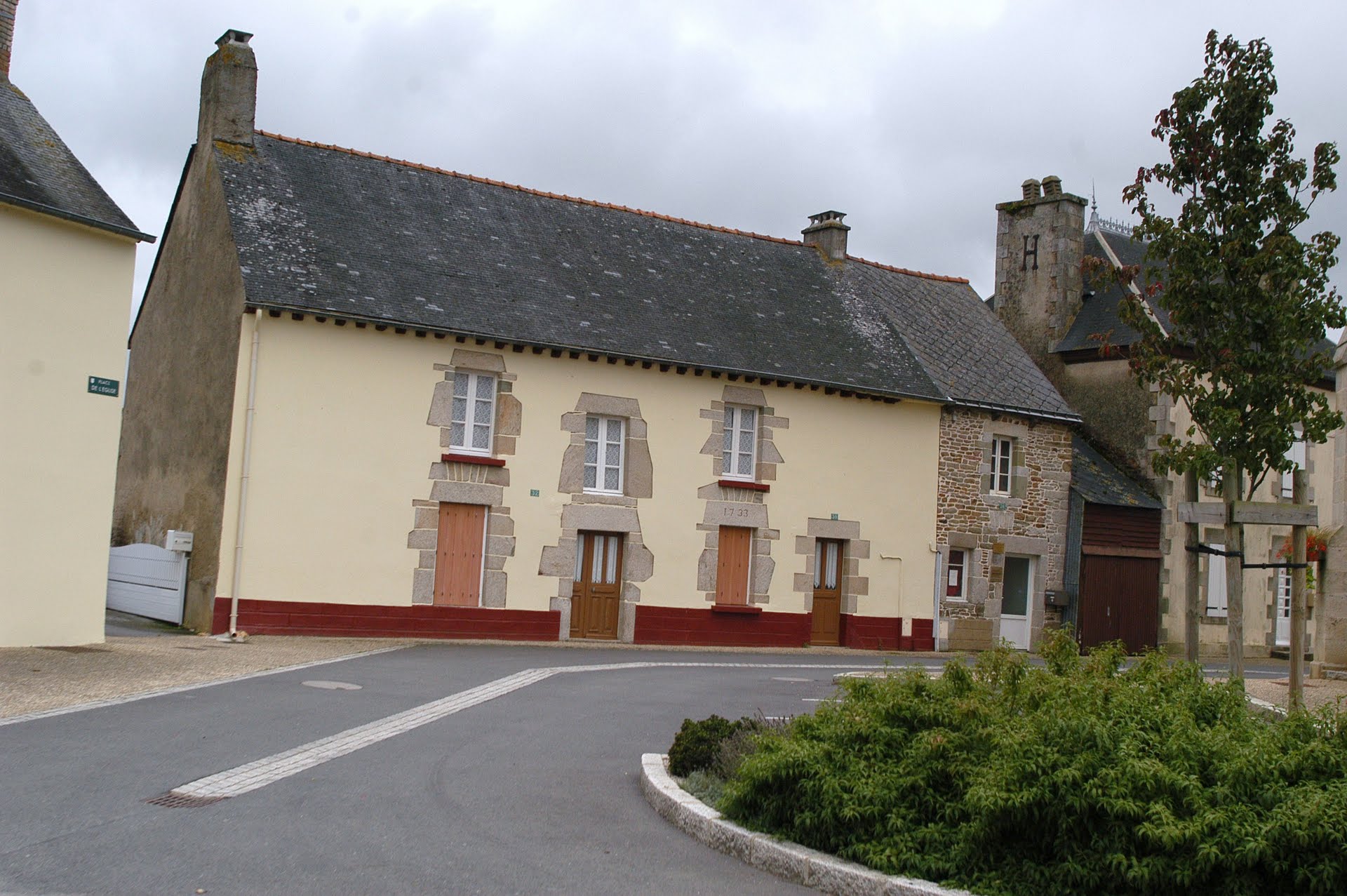
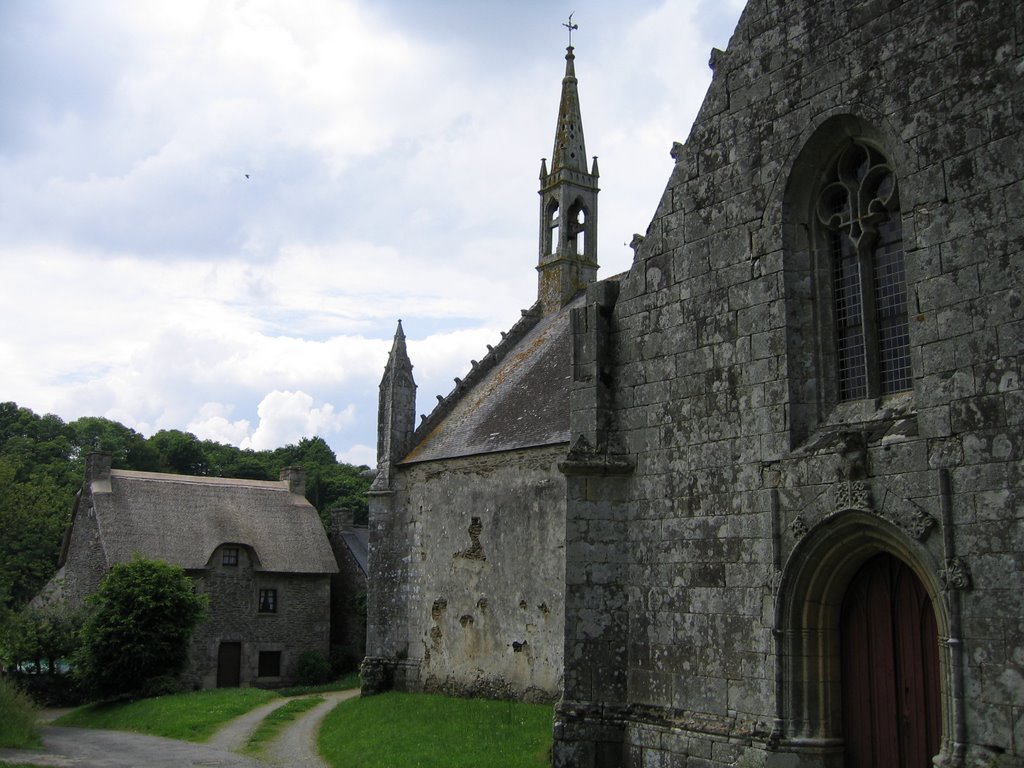
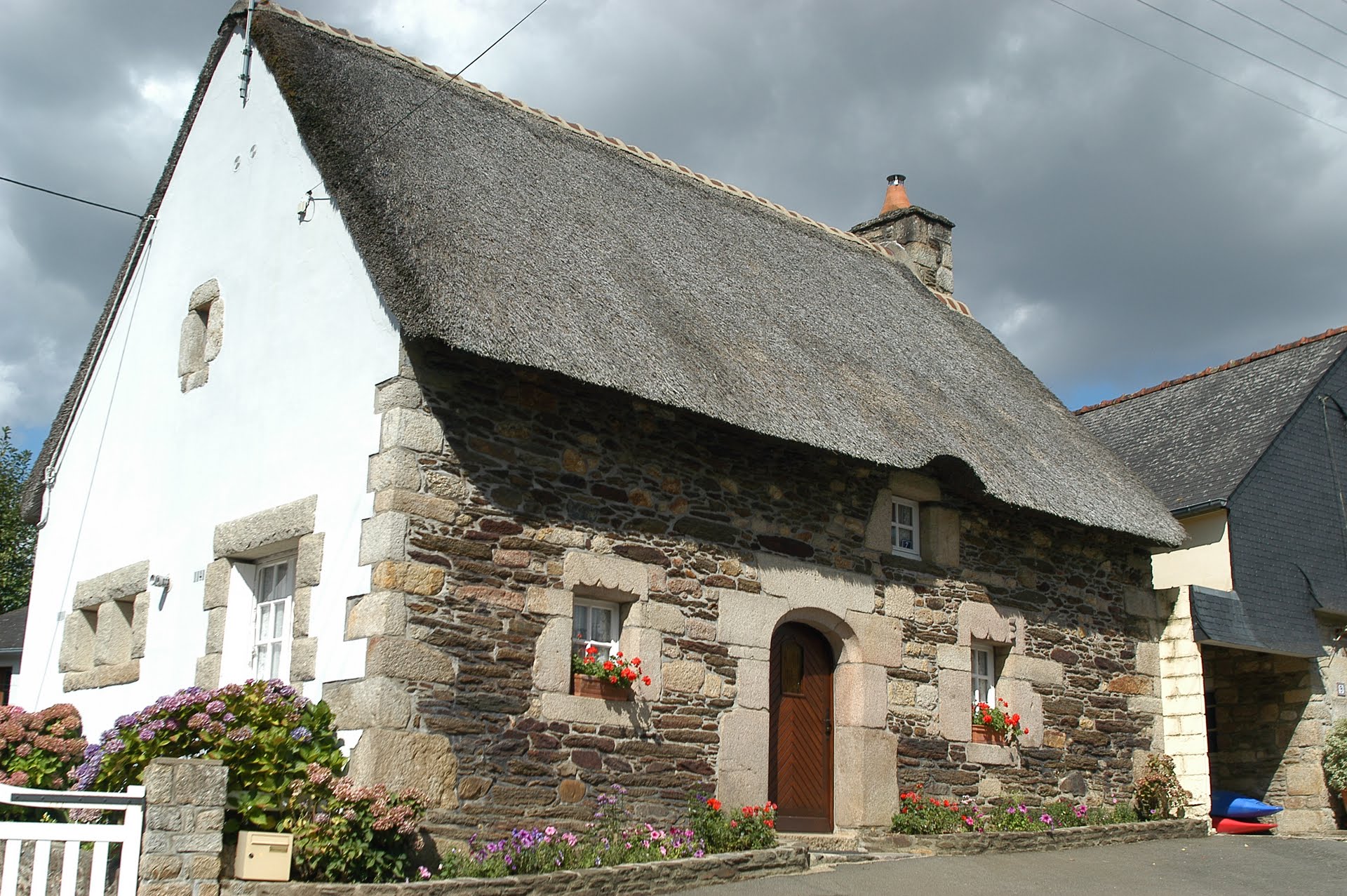
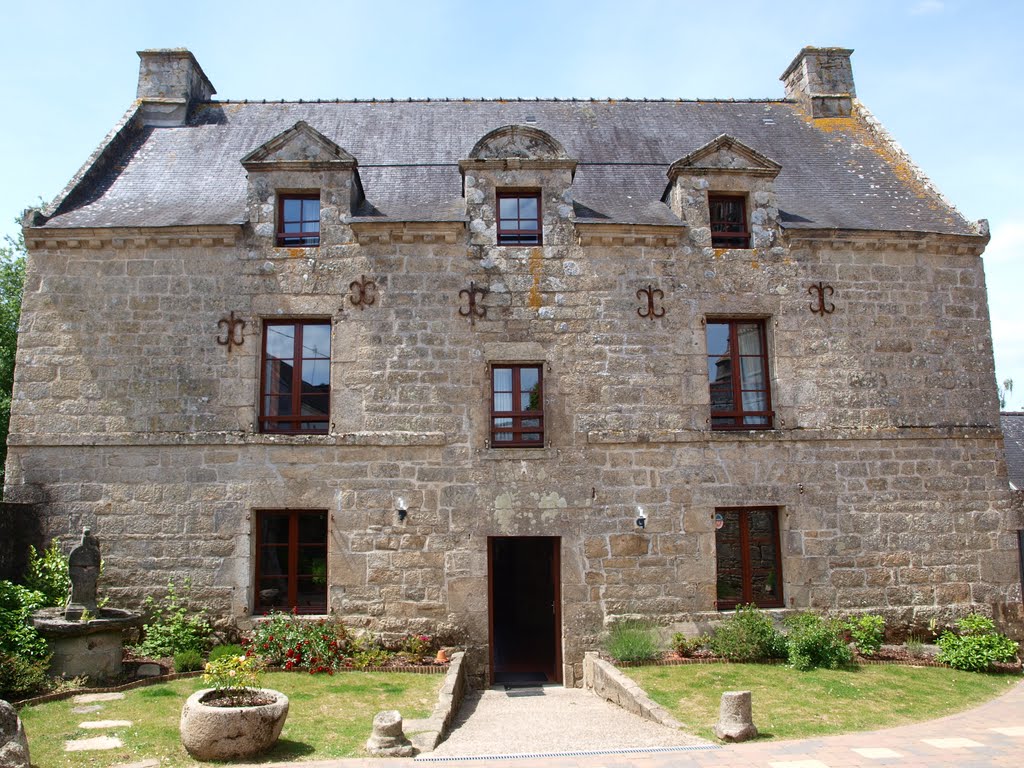
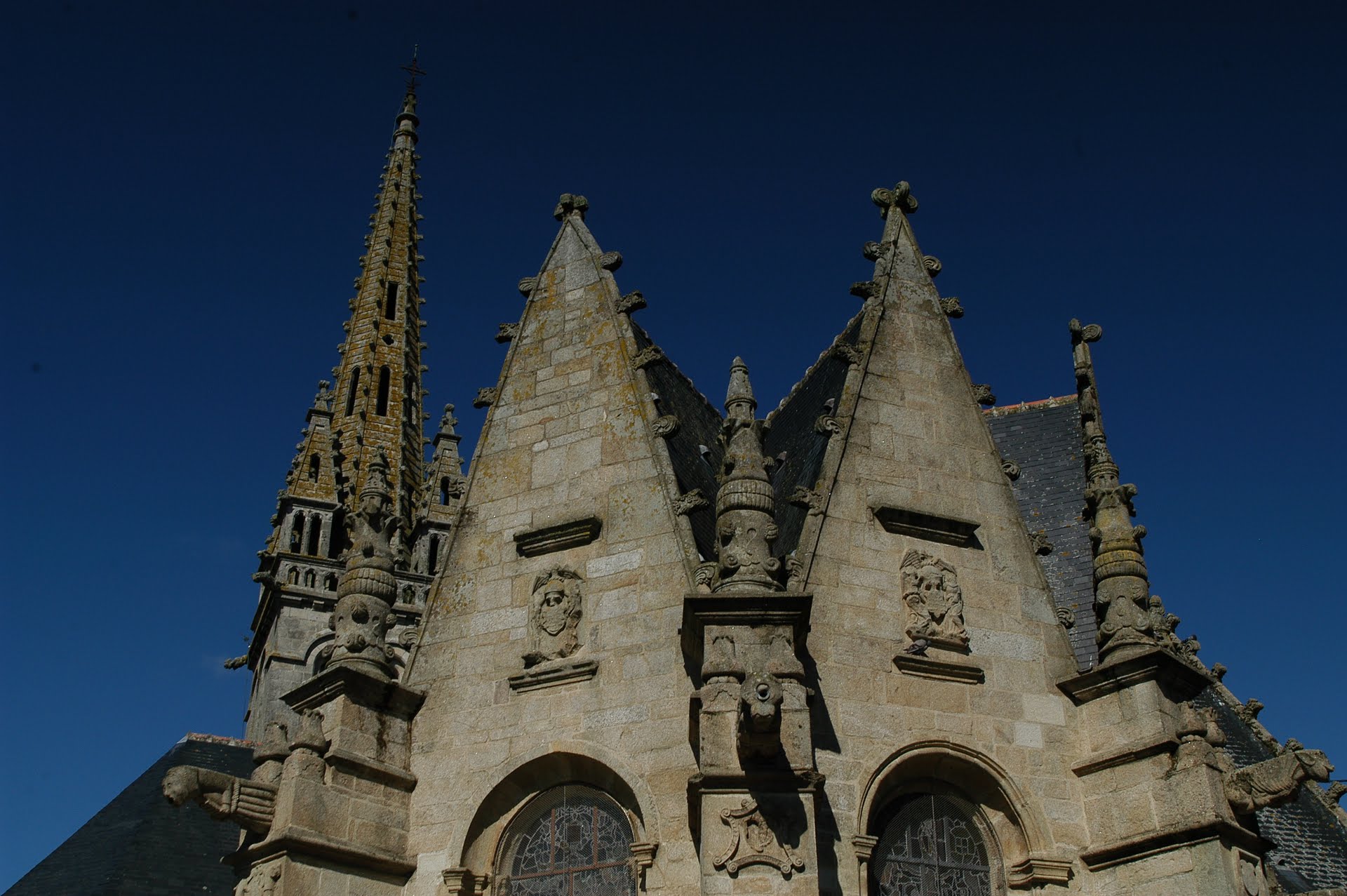
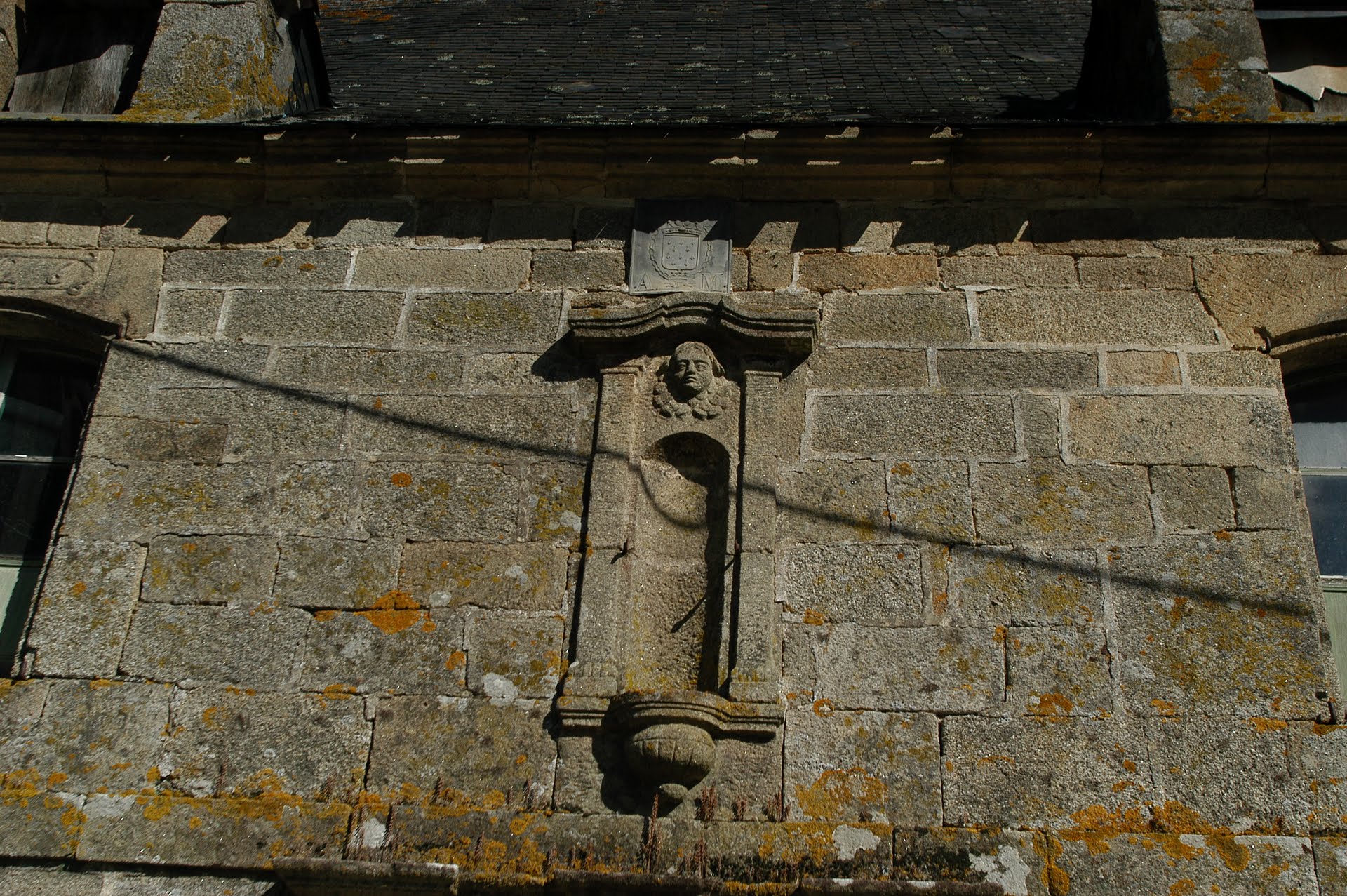
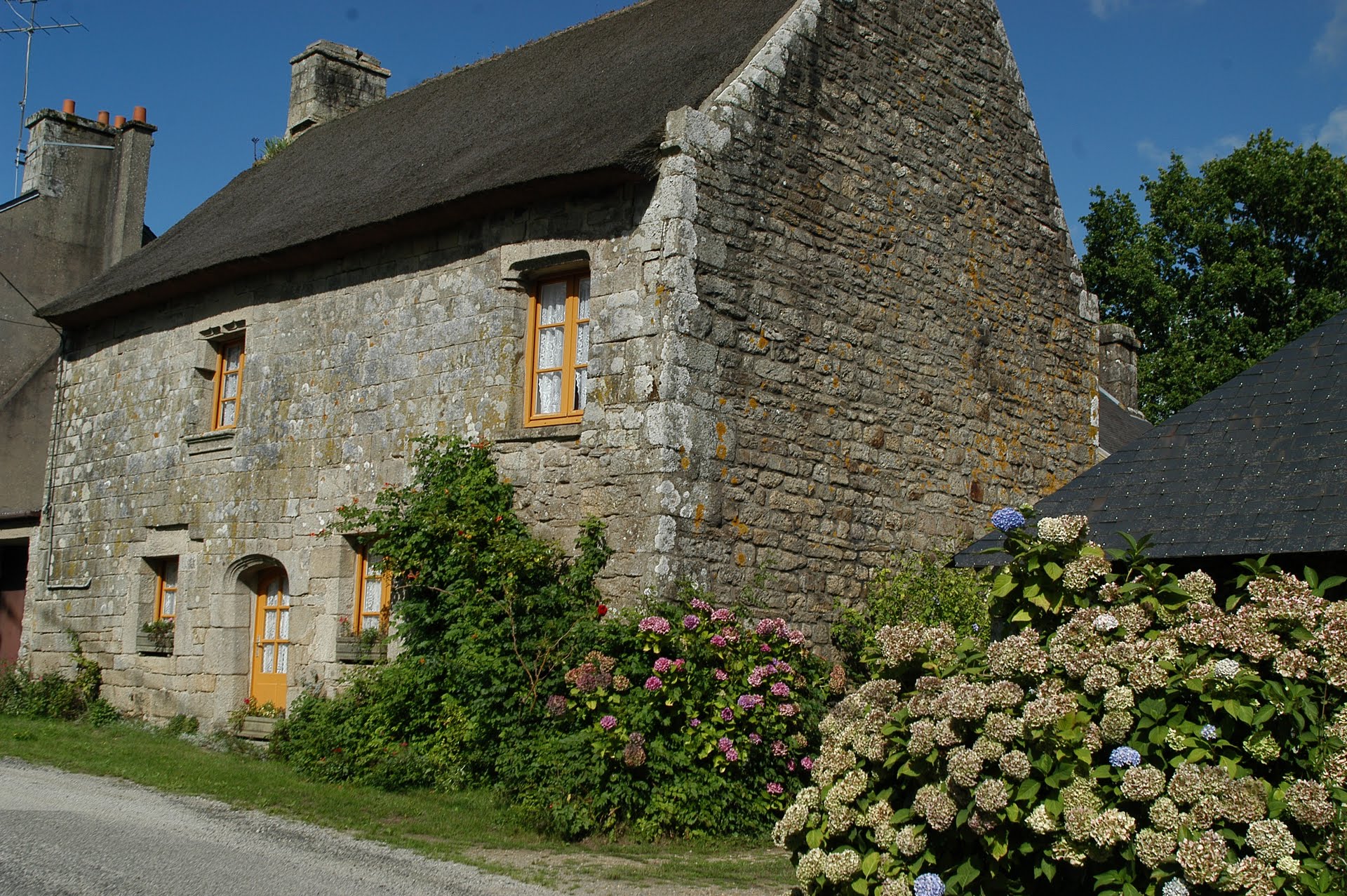
0 Comments.